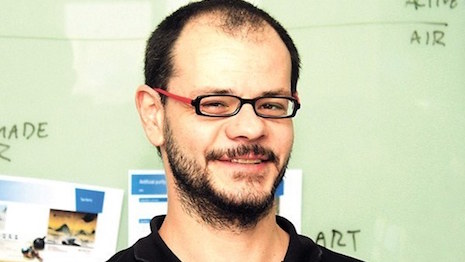- About
- Subscribe Now
- New York,
January 31, 2018

 Laura Hurst is associate director at Kantar Consulting
Laura Hurst is associate director at Kantar Consulting
By Panos Dimitropoulos and Laura Hurst
The concept of luxury in China is changing fast. Once it was all about the bling thing. Now it has become more mature and sophisticated, with a growing sense of ethics and the world around us.
If luxury brands are to survive and prosper in this new luxury world, then they have to adapt to meet these new challenges head on.
The digital age has ushered in a shift away from traditional media towards immersive enablement in both the online and offline worlds.
Both the virtual and the physical world need to create truly interactive and immersive environments in terms of design, service and the overall consumer experience.
Physical areas need to evolve into almost theatrical-like areas, spanning retail spaces, ambient media and popup shops.
Reality immersive media
Brands build a closer relationship with their consumers by immersing themselves in the world in which they live.
Luxury brands do this by becoming an active agent of high art and culture, not just by sponsoring but by exhibiting art and having exhibitions and galleries in their name.
 Panos Dimitropoulos is director of cultural insight at Kantar Consulting
Panos Dimitropoulos is director of cultural insight at Kantar Consulting
Chanel established the Chanel Nexus Hall in Tokyo to connect people and art in the spirit of Mademoiselle Chanel, who loved and supported the arts.
Elsewhere, Louis Vuitton founded the Louis Vuitton Foundation to promote art and culture, while Hugo Boss Hugo Boss launched the Asia Art award for emerging Asian artists.
By doing so they build a deeper connection with their target audience with something that they feel passionate about and want to support.
It is also aspirational.
Brands tapping into the art world associate themselves with master craftsmanship and the most sought after artworks, catering to a discerning and eclectic audience appreciative of the finer things in life.
Digitally immersive media
When it comes to luxury brands, digital media does the best job of communicating its craftsmanship and brand values.
The careful use of social media, applications and digital animation targets the imagination of consumers, suggesting a level of luxury that is so superior that they can only imagine how good it is.
Louis Vuitton used an animated character from the Final Fantasy video game as an online spokesperson for the brand.
The brand communicated a sense of flawlessness and superior design by using a model that will never age with time and a symbol of the new Asian elegance.
A BESPOKE DIGITAL platform also suggests that the same attention to detail that went into its packaging and promotion went into creating the product, reinforcing and building on the impression of luxury brand value.
Burberry promoted the launch of its new flagship store in Shanghai on WeChat –
WhatsApp’s equivalent in China – by blending retro-style images of London and Shanghai, the ultimate symbol of brand heritage and local relevance in a digitally immersive experience.
Against all that, an old-fashioned photograph is plain drab.
Panos Dimitropoulos is director of cultural insight at Kantar Consulting, Shanghai. Reach him at panos.dimitropoulos@kantarconsulting.com. Laura Hurst is associate director at Kantar Consulting, London. Reach her at laura.hurst@kantarconsulting.com.
Share your thoughts. Click here